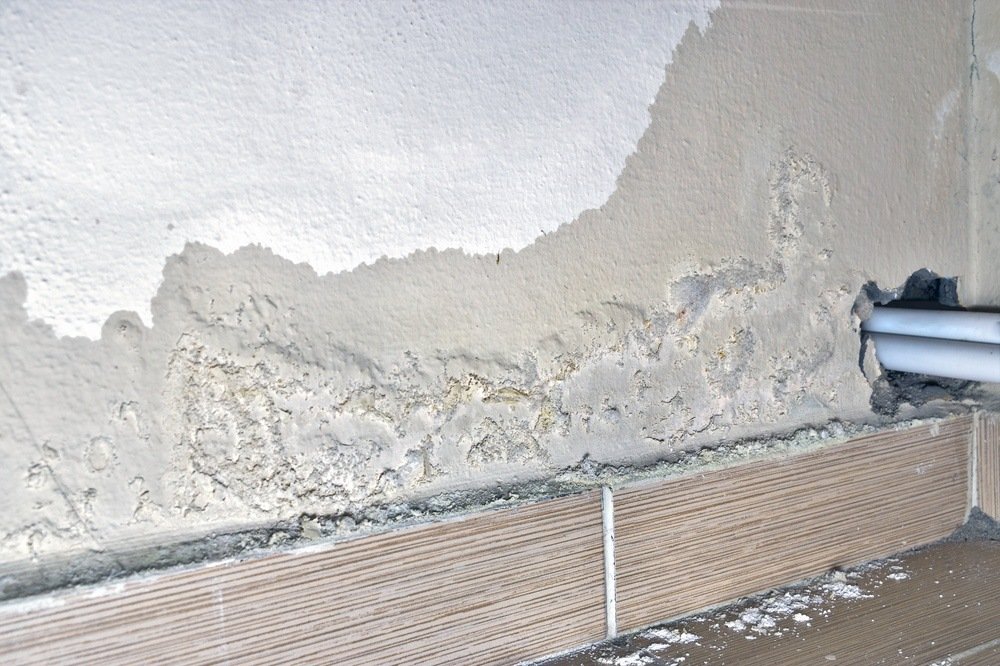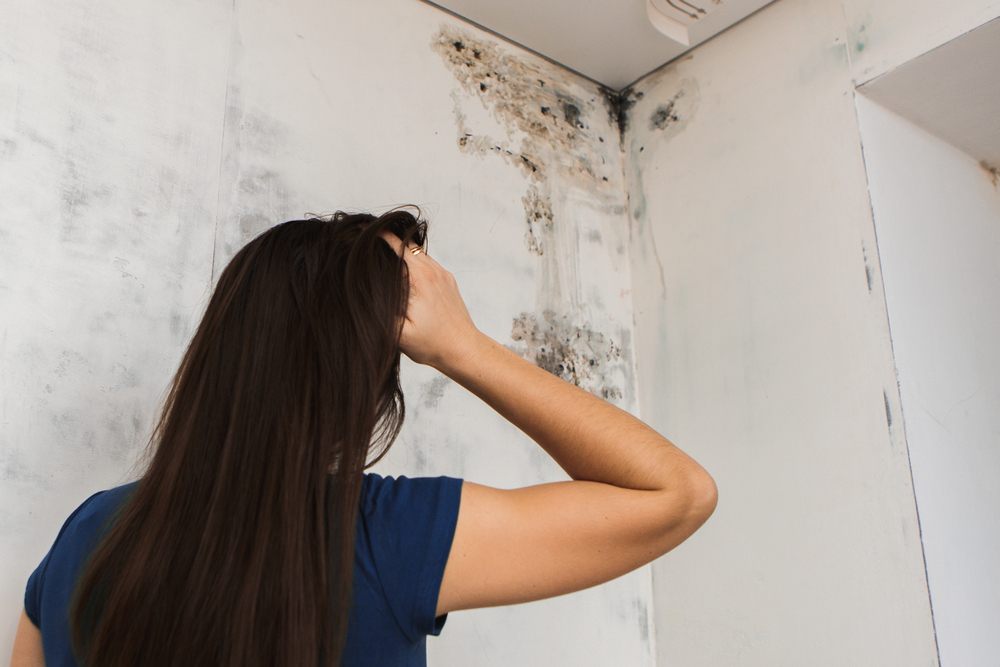What Causes Mold on Walls?

Mold can be a major problem for homeowners. Besides the damage it can do to the infrastructure of your home, mold is a serious health risk. Even if you’re healthy, mold can lead to respiratory issues, skin problems, and headaches.
Mold doesn’t grow out of nowhere. When you start seeing signs of mold on your walls, it’s time to reassess the potential causes.
Most people understand that mold thrives where excessive moisture is present, but fewer realize how many opportunities there are for moisture to accumulate in a house. There are three common causes of the moisture that invites mold to grow, all of which are preventable with a little forethought.
Reason #1: Humidity
Humidity is the primary cause of mold on walls. If you live in a humid area, an easy solution is to purchase a dehumidifier, and move it to different rooms on a regular basis to ensure that all areas are adequately covered.
For larger spaces, it may be worth purchasing multiple dehumidifiers. Even homeowners in dry areas should watch out for appliances that use significant amounts of hot water, since this can make the surrounding air more humid even in an arid region. Clean behind your laundry machines regularly, open the windows when you shower in the bathroom or wash dishes in the kitchen—and make sure your home is well-ventilated at all times.

Reason #2: Condensation
Condensation occurs naturally on the perimeter walls of your home, which are often cooler than the air inside your house. As a result, the water in the air can experience a temperature drop when it touches these walls, and undergo a change of state to become liquid. If this liquid is left alone too long it will become an ideal breeding ground for mold.
Inspect any outside walls of your house regularly to prevent moisture buildup. It may also be worth installing double-stud walls, which all but eliminate the risk of condensation.
Reason #3: Water Leaks
The third most common cause of mold on residential walls is also one of the simplest: leaks. If your pipes drip, water is likely making its way into the framework of your house every time you turn on the tap.
As this moisture builds up over time, it becomes a potent hotbed for all kinds of bacteria, and mold becomes inevitable. Check your pipes frequently, and make sure that you take steps to keep them from leaking when the temperature in your area changes. Leaks often occur when winter arrives and the sudden cold warps the metal in your pipes, causing it to crack. Invest in insulation for your pipes, drain outdoor faucets before the water in them has a chance to freeze, and consider letting your indoor taps drip steadily overnight to keep the water in them moving.
Mold is a homeowner’s worst nightmare, but it doesn’t have to be yours. Use the tips listed in this guide to mold-proof your home, and you’ll be able to enjoy living in comfort and mold-free for as long as you want. The best part? Reducing risks of mold will ultimately increase the value of your home, and make it safer for your whole family.


